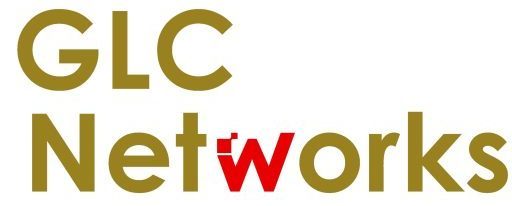
Firewall mangle PBR: steering outbound path similar to inbound
Packet-based routing (PBR) is a technique used to forward packets based on the contents of the packet itself, rather than just the destination address. It can be used to steer packets along specific paths or to apply different routing policies to different types of packets. One use case for PBR is to steer outbound packets along a path that is similar to the path that the inbound packets took. This can be useful in situations where you want to ensure that the return traffic for a particular connection follows the same path as the original traffic. To configure PBR on a firewall to steer outbound packets along a path similar to the inbound path, you will need to create a mangle rule that matches the inbound packets and marks them…









